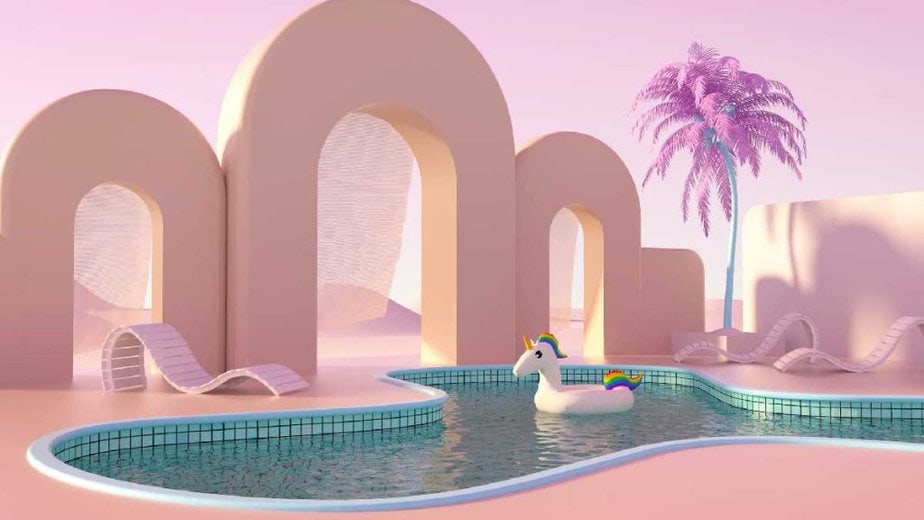Building a digital art portfolio with NFTs (Non-Fungible Tokens) is an exciting way to enter the world of digital collectibles and investments. Curating a collection of NFTs not only showcases your taste and passion for digital art but can also serve as a potential financial asset. Here is a step-by-step guide to curating a compelling NFT portfolio:
Step 1: Research and Education
It is important to first educate yourself about NFTs, their workings, and the current market trends before collecting them. You should understand the underlying blockchain technology and familiarize yourself with terms such as Ethereum, smart contracts, and cryptocurrency.
There are various resources like podcasts, articles, online forums, and community discussions that can be of great help and provide valuable insights.
Step 2: Define Your Focus
Decide on the focus of your collection. This could be based on a particular art style, artist, medium, or theme.
A focused portfolio reflects a thoughtful curation process and can be more appealing to those who share similar interests or are interested in the story behind your collection.
Step 3: Set Up a Digital Wallet
To buy and store NFTs, you’ll need a digital wallet that supports cryptocurrencies and smart contracts.
Wallets like MetaMask, Trust Wallet, or Coinbase Wallet are popular choices that integrate with most NFT marketplaces.
Step 4: Acquire Cryptocurrency
Most NFT transactions are done using cryptocurrencies like Ether (ETH). Purchase cryptocurrency through an exchange and transfer it to your digital wallet. Always be mindful of transaction fees, known as “gas,” when budgeting for purchases.
At this step, you also need to understand the basics of NFT investing and how to assess the value of NFT in a broader market.
Step 5: Choose a Marketplace
Select an NFT marketplace to start your collection. Platforms like OpenSea, Rarible, Foundation, and SuperRare offer a variety of NFTs from artists worldwide. Consider the fees, user experience, and types of NFTs available when choosing a marketplace.
Step 6: Start Small
Begin by purchasing lower-priced NFTs to get a feel for the process. This allows you to learn without taking on significant financial risk. Engage with the community to discover upcoming artists or undervalued pieces.
Step 7: Networking and Community Engagement
Join online communities on Discord, Twitter, or Clubhouse where NFT enthusiasts and artists congregate. Networking can lead to tips on promising artists or early notice of new drops, giving you an edge in acquiring sought-after pieces.
Step 8: Curate with Intent
As you grow your portfolio, curate with intention.
Consider how each piece fits your collection’s focus and the story you want to tell. Quality often trumps quantity; a well-curated collection can have more impact and value.
Use platforms that allow you to display your NFTs, such as virtual galleries or personal websites. Sharing your collection can attract like-minded collectors and artists, and it can also increase the visibility and potential value of your NFTs.
Step 10: Stay Informed and Adapt
As the NFT space is constantly evolving and fast-moving, it is crucial to stay informed about legal issues, technological advancements, and market trends. You should be ready to adapt your strategies as the market changes.
Step 11: Consider the Long-Term
Think about the long-term potential of the pieces you collect. While some NFTs might be flipped for a quick profit, others may appreciate over time. Consider the artist’s reputation, the rarity of the piece, and the overall trajectory of the market.
Step 12: Mind the Legalities
Understand the legal aspects of NFT ownership. This includes copyright, reproduction rights, and resale royalties. Ensure that you’re clear on what owning the NFT entitles you to.
Step 13: Security Measures
Lastly, take security seriously. Protect your digital wallet with strong passwords, enable two-factor authentication, and consider using hardware wallets for additional security.
Conclusion
Building a digital art portfolio with NFTs is a journey that blends passion with investment. By curating thoughtfully, engaging with the community, and staying informed, you can create a collection that not only brings aesthetic pleasure but also holds potential financial value.
Remember that the value of an NFT portfolio is not just in its possible financial return but in the joy and fulfillment of collecting art that resonates with you.


